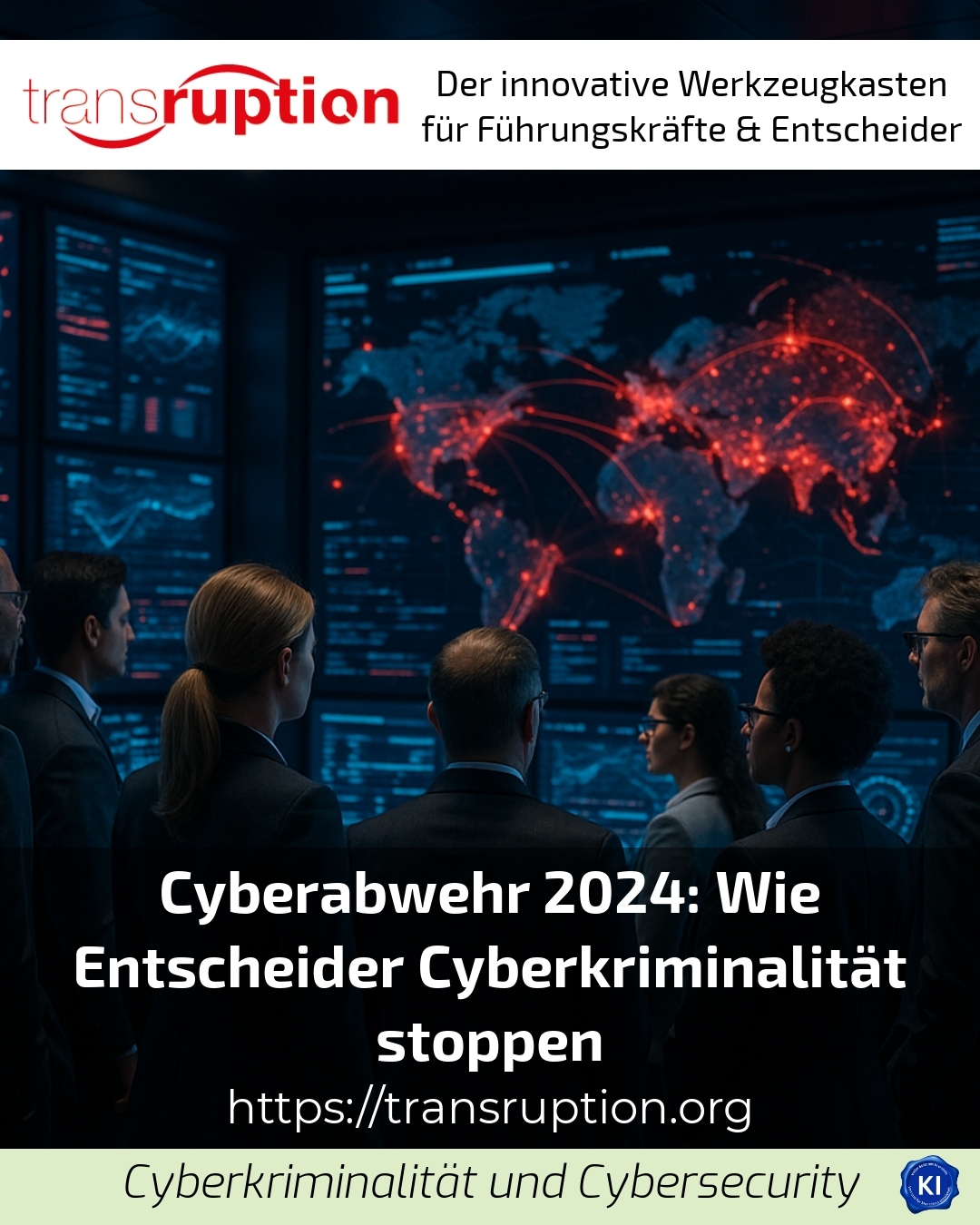Challenges in cyber defence
Cyber defence is a key issue for decision-makers in companies and public authorities who want to counter the constantly growing risk of cybercrime. In recent years in particular, attacks such as ransomware have increased significantly and are causing major economic damage. The challenges lie not only in direct defence, but also in adapting to new threats, which are increasingly technically complex and can be automated.
In the area of cyber defence, many managers report that they are confronted with ever-increasing demands. For example, the increase in intelligent, AI-supported attacks is putting decision-makers under increasing pressure to adapt their systems and strategies. Questions are also frequently asked about regulatory changes that are setting new standards for security at EU level, such as the NIS-2 Directive. Companies and administrations are faced with the task of integrating these requirements into their IT security concepts.
Cyber defence through new technologies and regulatory frameworks
Modern technologies such as artificial intelligence and machine learning are playing an increasingly important role in cyber defence. These technologies help to recognise attacks more quickly and respond to them automatically. For example, experts report that AI-based systems can ward off phishing attacks or automated ransomware attacks more effectively. At the same time, it is clear that technical solutions alone are not enough. Legal requirements, such as the implementation of the NIS-2 Directive in national laws, are forcing companies to implement comprehensive security and risk management systems.
Securing digital sovereignty is also becoming increasingly important in this context. Companies must organise their IT infrastructure in such a way that they are not only protected against current attacks, but can also react flexibly to new threats. In many cases, a graduated concept of technical, organisational and personnel cyber defence is recommended.
BEST PRACTICE at company XYZ (name changed due to NDA contract)
The company relied on AI-based detection systems at an early stage and combined them with regular employee training. This enabled it to recognise ransomware attacks at an early stage and limit their extent. At the same time, an integrated crisis management system was established that enables rapid, coordinated responses in the event of security incidents.
Cyber defence as a holistic task: prevention, monitoring and response
Decision-makers report that cyber defence today is not just a technical task, but also includes organisational aspects. Preventive measures such as sensitising employees, regular security updates and continuous risk analysis are essential. In addition, many experts recommend relying on specialised teams for cyber defence that continuously monitor the current threat situation and act in an emergency.
Collaboration with external partners, such as specialised cyber defence centres or the police, gives many responsible parties additional security. These institutions not only provide support in analysing incidents, but also by providing knowledge on current attack methods and through coordinated investigations.
BEST PRACTICE at ABC (name changed due to NDA contract)
Close cooperation has been established with the Central Cybercrime Contact Points (ZAC). Through this partnership, the company benefits from up-to-date assessments of the situation and can continuously refine and adapt its defence strategies against cyber attacks.
Cooperation as the key to cyber defence
In addition, practice shows that cyber defence is often only successful through collaboration between different departments and external experts. Decision-makers report how important it is to break down information silos and promote dialogue on IT security, compliance and risk management. This is the only way to recognise vulnerabilities early on and implement measures quickly.
In addition, companies should constantly support their employees with new impetus on cyber defence topics, for example through regular training, workshops and the promotion of a security culture. This helps to reduce human error and prevent attacks that specifically target employees.
BEST PRACTICE at DEF (name changed due to NDA contract)
The company relies on an integrated awareness programme that includes interactive training, simulations of attacks and an open dialogue about cyber threats. This programme has greatly improved security skills and has seen a significant reduction in the number of successful attacks since its introduction.
My analysis
Cyber defence remains a complex challenge that is constantly changing. Decision-makers in companies and administrations should not rely solely on technical solutions, but should also adapt organisational structures and focus on cooperation. The integration of modern technologies such as artificial intelligence offers great opportunities, but must be complemented by targeted training and clear processes. Only those who react flexibly and combine different measures can sustainably strengthen cyber defence and thus reduce the risks posed by cybercrime.
Further links from the text above:
[1] Cybersecurity trends 2024 - challenges and opportunities
[2] Preventing and combating cybercrime - Court of Auditors
[3] Cyber Insurance: Risks and Trends 2024
[4] Cybercrime - How to protect yourself and your company















